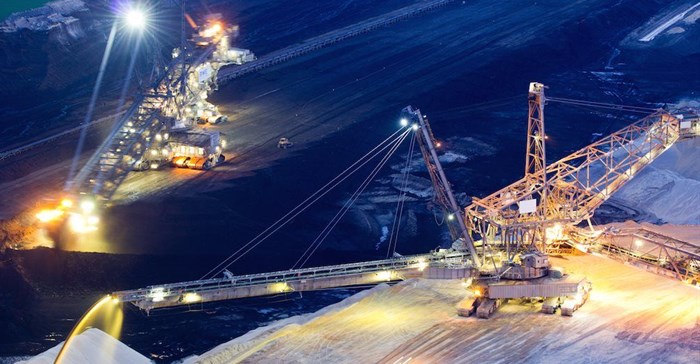
Top stories


Marketing & MediaCammy Msimango on finding her footing in South Africa’s fast-moving digital newsroom
Esther Tomorrow, MDNTV 17 hours




More news




Since the 2008 energy crisis, mines have responded by implementing energy reduction tactics such as shifting loads to off peak periods, switching to more efficient equipment and having better maintenance programmes to improve energy efficiency and reduce energy wastage. Some have been trying to limit their reliance on utilities by generating their own power.
However, there is an opportunity for mines to turn their energy liabilities into assets. “Strategic decisions on energy management can’t happen in silos. Mining companies have massive potential to reduce costs and limit their reliance on national utilities by getting their energy mixes right. For this to be achieved, it is important to take a holistic, engineering approach to energy mixes and look at the total load, how different loads are supplied, and what can be done to apply the flow of energy in the most feasible way," says Nick Oosthuizen, managing director, Inframid.
Mines have numerous loads that require various sources including utility, back-up supplies, renewable energy and seamless uninterrupted power supply (UPS) changeover supplies. There must be a feasible combination of these energy sources to ensure that they are used efficiently. For instance, by providing the most appropriate backup, viable renewable energy and UPS power where it is needed, without overcompensating. Over-sizing UPS to provide backup for example is an expensive and inefficient use of stored energy which unnecessarily drives up costs.
“A comprehensive analysis will show how different types of electrical loads can be satisfied and optimised in such a way that energy savings turn into bottom line profits. Instead of being a liability, these high loads can be transformed into assets,” says Oosthuizen.
Analysing the total load will also reveal opportunities to save on costs by managing different loads optimally. Power factor correction, changing utility connections to the correct tariff scales and insertion of renewable energy are just some of the opportunities to drive efficiencies that are often overlooked.
“The bottom line is that the detail of the total load must be interrogated before deciding on energy supplies or investing in energy efficiency technologies, including renewable and backup energy. It is only once you understand the loads, both day and night, that you can intelligently determine how your energy sources can be economically applied.
“For example, you can supplement your base load with solar power to provide renewable energy during the day, so that the energy sources that peak during day time can be brought down,” says Oosthuizen, adding that mines normally have vast unused areas that can be utilised to develop renewable energy stations to supply large scale energy.
“The adoption of renewable energy sources in the mining sector has been low, mainly due to high costs of establishing it and storing the power that is generated. However, technologies have advanced and prices started to drop, making renewable energy more attractive for mines.
“A comprehensive feasibility study is where it should begin as this helps decision makers to determine their energy efficiency concept, based on realistic and actual feasibleness. This includes procuring high quality systems independently from the best suppliers at reasonable prices. All cost elements must be considered, such as total lifecycle management. For equipment to be feasible and offer high returns on investment, it must work for at least 25 years," he says.